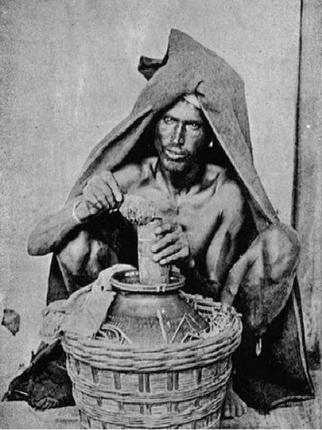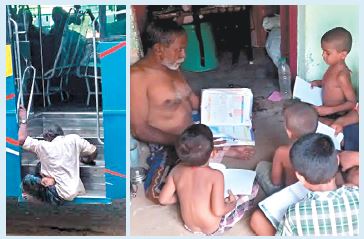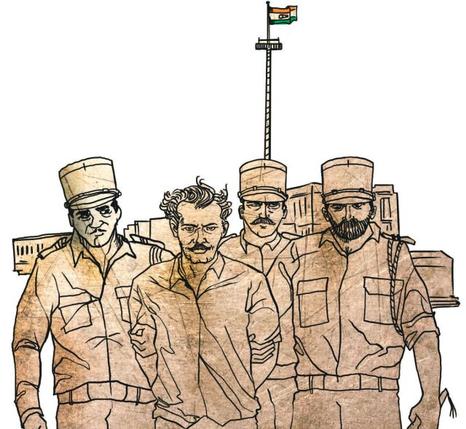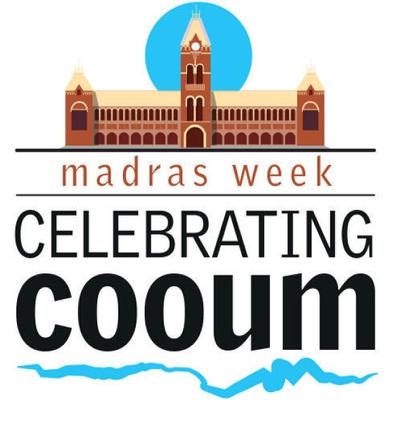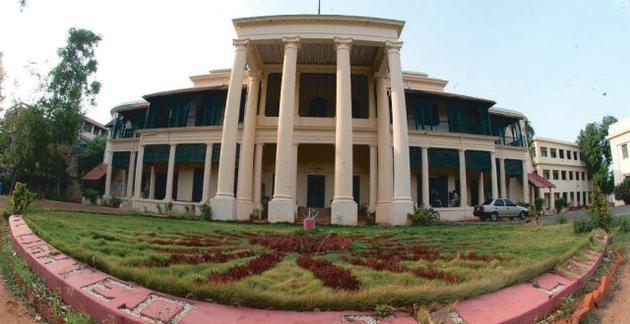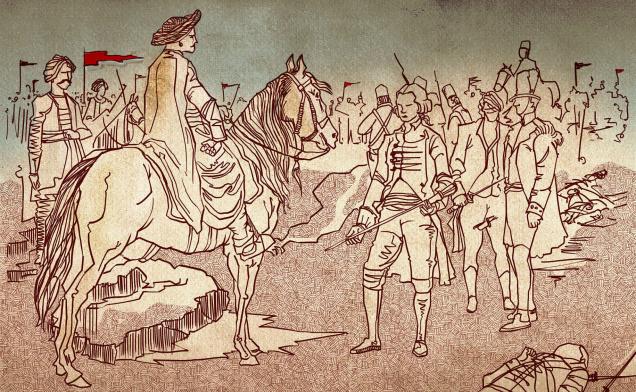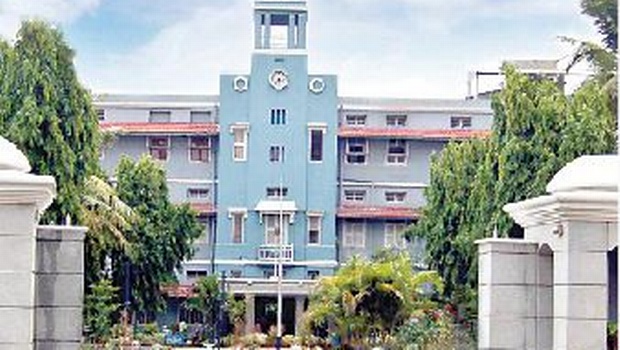
Vellore :
In a bid to increase public awareness of cervical cancer, considered to be the most common cancer among women in India, the Christian Medical College is hosting the Sixth Asia Oceania Conference on Genital Infections and Neoplasia (AOGIN) from August 27 to 29 at its campus.
The theme this year is “HPV infection and HPV related cancers”. There will be five concurrent workshops on the first day on Colposcopy, Community Screening, HPV detection, Cytopathology and Research Methods. In the evening, there will be a public meeting on measures adopted to increase awareness of cervical cancer, its prevention and treatment. This will be followed by the AOGIN-India Presidential Oration by Professor Shalini Rajaram from New Delhi.
Over 15 international universities’ faculty members and over 50 national universities’ faculty members will be taking part. There will be lectures, debates, panel discussions and video presentations. The topics covered will be basic science of HPV, vaccination, screening for pre-cancer and treatment of cancer of the cervix, vulva, vagina, anus and oropharynx. The conference will end with a round table discussion on “Collaborations and linkages to tackle cervical cancer”.
It is hoped that the conference will increase public awareness, stimulate young doctors, galvanise NGOs and increase leverage with the government to take preventive steps to fight cervical cancer in India.
source: http://www.newindianexpress.com / The New Indian Express / Home> States> TamilNadu / by Express News Service / August 27th, 2015
